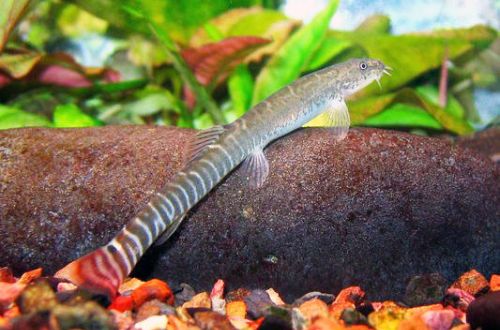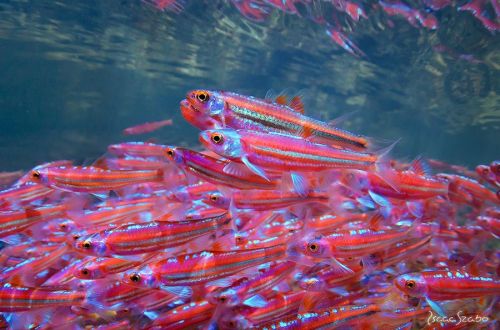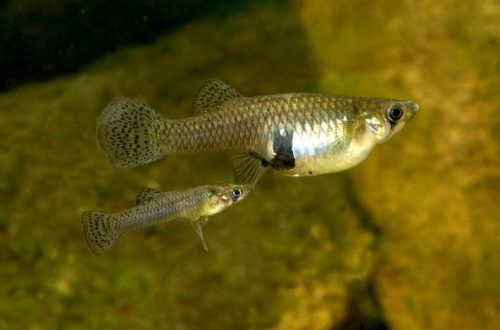
Redtail Char
Aborichthys elongatus or Red-tailed Char, scientific name Aborichthys elongatus, belongs to the Nemacheilidae family. It is rarely found for sale due to the remote region of its natural habitat and the lack of mass breeding in the artificial environment of aquariums. As a rule, various closely related species are sold under the same name.

Contents
Habitat
It comes from the territory of India, in particular from the state of West Bengal. It is found in small mountain rivers and streams that are part of the Brahmaputra river basin. The natural habitat is characterized by fast turbulent streams and rocky bottom. The stones are covered with a biofilm of algae and colonies of microorganisms. Aquatic plants grow mainly along the banks.
Brief information:
- The volume of the aquarium – from 50 liters.
- Temperature – 15-21°C
- Value pH — 6.5–7.5
- Water hardness – soft (5-12 dGH)
- Substrate type – fine gravel, rocky
- Lighting – bright
- Brackish water – no
- Water movement – moderate / strong
- The size of the fish is 6–7 cm.
- Food – live or frozen food
- Temperament – conditionally peaceful
- Content in a group of at least 6 individuals
Description
Adult individuals reach a length of about 6–7 cm. Sexual dimorphism is weakly expressed, males almost do not differ from females, the latter are only slightly larger. The body has an elongated shape resembling an eel. The color is gray with an ornament of light stripes. The tail is colored reddish.
Food
In nature, they feed on zooplankton, which they scrape off the surface of stones. In a home aquarium, live or frozen foods such as bloodworms, daphnia, brine shrimp, etc. should be fed. Dry foods (flakes, granules, tablets) are used in addition to the main diet.
Maintenance and care, arrangement of the aquarium
The optimal size of the aquarium for 6 fish starts from 50 liters. When keeping, it is important to ensure the internal flow – an imitation of a mountain river. In the design, stones are used, from which crevices, grottoes, as well as snags are formed. It is allowed to install any other decorative elements on the bottom. Plants are not required, you can use artificial counterparts, or purchase unpretentious mosses or ferns, fixing them on snags.
The filtration system is key. It solves several problems at once – not only purifies water, but also provides movement, turbulent flows. It is worth noting that not all types of filters can give the desired result, you may need to install an artificial flow system or make it yourself.
Aquarium maintenance consists of a few simple steps: regular removal of organic waste and cleaning of glass from plaque, weekly renewal of part of the water (30–50% of the volume) with fresh water.
Behavior and Compatibility
Mobile fish that often arrange skirmishes with each other. But such behavior is considered normal and does not lead to any serious consequences. Fast water flows and relatively low temperatures are contraindicated for many tropical fish species, so it will not be easy to find aquarium neighbors for Aborichthys elongatus. For example, Corydoras catfish or other catfish, as well as some charrs, may be suitable.
Breeding / breeding
At the time of writing, there are no reliable cases of breeding Red-tailed charr. Fish are caught from natural reservoirs and further supplied for sale to the aquarium industry.
Fish diseases
By their nature, non-ornamental fish species that are close to their wild relatives are quite hardy, have high immunity and resistance to various diseases. Health problems can be the result of inappropriate conditions, so before starting treatment, check the quality and parameters of the water. If necessary, bring all values back to normal and only then begin treatment, if necessary. Read more about diseases, their symptoms and methods of treatment in the section “Diseases of aquarium fish”.





